What does error E16 mean on my Toshiba Heat Pump?
- JJennifer RichardsonAug 12, 2025
If your Toshiba Heat Pump displays error code E16, this indicates either a capacity overload (00) or an issue with the number of connected units (01~).

What does error E16 mean on my Toshiba Heat Pump?
If your Toshiba Heat Pump displays error code E16, this indicates either a capacity overload (00) or an issue with the number of connected units (01~).
What does error E20 mean on a Toshiba Heat Pump?
Error code E20 on your Toshiba Heat Pump indicates that another line is connected during automatic addressing. This could mean either another outdoor line (01) or another indoor line (02) is connected.
What does error E19 mean on my Toshiba Heat Pump?
Error code E19 on your Toshiba Heat Pump indicates an issue with the header outdoor units. Specifically, it could mean that there is no header unit (00) or that there are two or more header units (02).
What does it mean if my Toshiba Heat Pump shows error code E06?
If you see error code E06 on your Toshiba Heat Pump, it indicates a decrease in the number of indoor units that are normally received.
What does error code E23 mean for a Toshiba Heat Pump?
If your Toshiba Heat Pump is showing error code E23, it indicates a sending error between the outdoor units during communication.
What does it mean when my Toshiba Heat Pump displays error code E25?
If your Toshiba Heat Pump displays error code E25, it means there is a duplicated follower outdoor address setup.
What does error code E26 signify on a Toshiba Heat Pump?
If your Toshiba Heat Pump shows error code E26, it indicates a decrease in the number of outdoor units that are normally received.
What does error E28 mean on my Toshiba Heat Pump?
If your Toshiba Heat Pump displays error code E28, it indicates an error with the follower outdoor unit. The error code will show the detected outdoor unit number.
| Brand | Toshiba |
|---|---|
| Model | Super MMY-MAP0601HT8 |
| Category | Air Conditioner |
| Language | English |
Explains the adoption of HFC (R410A) refrigerant for environmental protection.
Details the meaning of WARNING and CAUTION symbols used in the manual.
Outlines necessary steps, connections, and safety measures for electrical wiring.
Details power supply requirements and cabling for outdoor units.
Illustrates the electrical wiring layout for single and combined outdoor units.
Describes control wiring types, sizes, and lengths for system communication.
Details power supply wiring and fuse selection for combined outdoor units.
Specifies cable types and connections for system control wiring.
Explains wiring for indoor units when outdoor unit has a separate supply.
Describes how to set up group operation using a remote controller switch.
Provides a comprehensive wiring diagram for the entire system.
Summarizes connection details between indoor and outdoor units.
Details how to connect power and control cables to the outdoor unit.
Guides through the automatic process of setting indoor unit addresses.
Step-by-step guide for initial address setup, including header unit interface.
Details system address setup using switches on the header unit.
Explains switch settings for manual address setup, especially for central control.
Step-by-step guide to manually set addresses using the wired remote controller.
How to check the assigned indoor unit addresses using the remote controller.
Procedures to confirm indoor unit numbers and their positions in group control.
How to modify the indoor unit address from a wired remote controller.
Method to change indoor addresses for all units on a refrigerant line via remote control.
Procedures to clear set addresses and return units to factory default status.
Essential checks and warnings before performing a test operation.
Step-by-step guide for conducting a test operation using the remote controller.
How to perform test operation on a single indoor unit via P.C. board.
How to perform test operation on all connected indoor units via P.C. board.
How to read outdoor unit status and check codes from the 7-segment display.
Lists and explains various error codes displayed on the outdoor unit.
Guidelines for ensuring refrigerant concentration remains within safe limits in installed rooms.
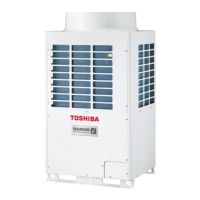
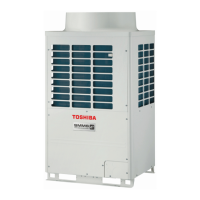


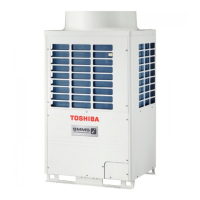
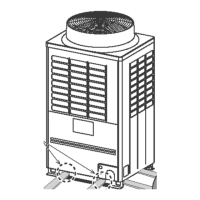



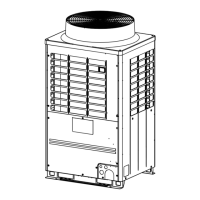
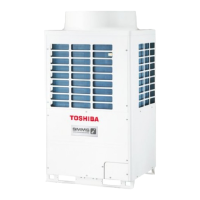

